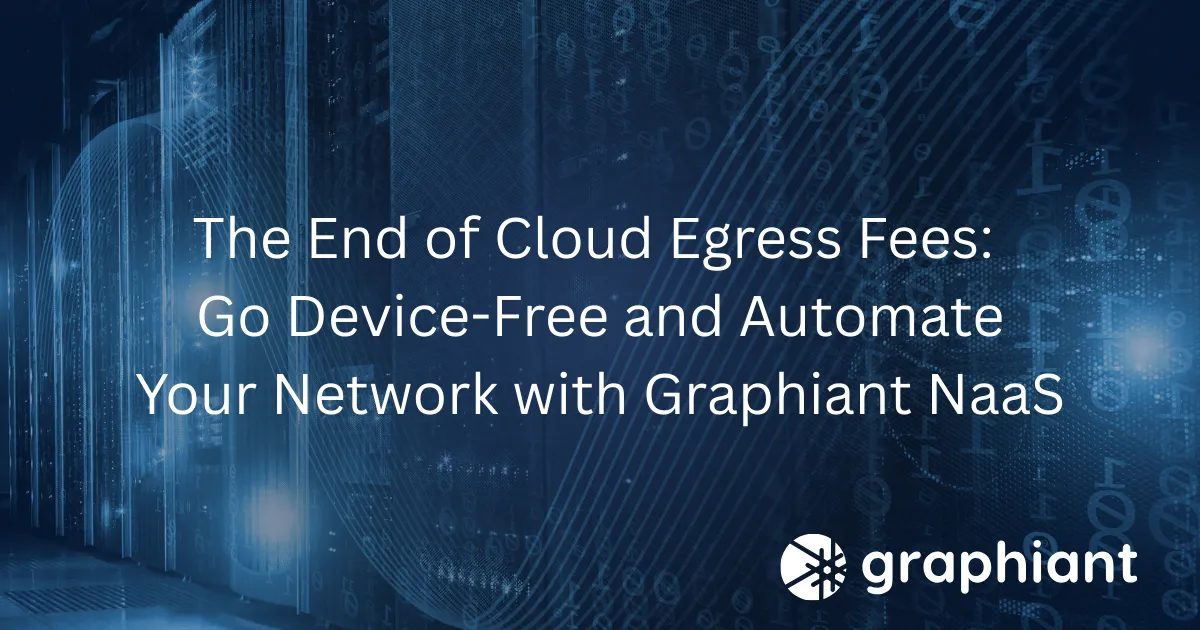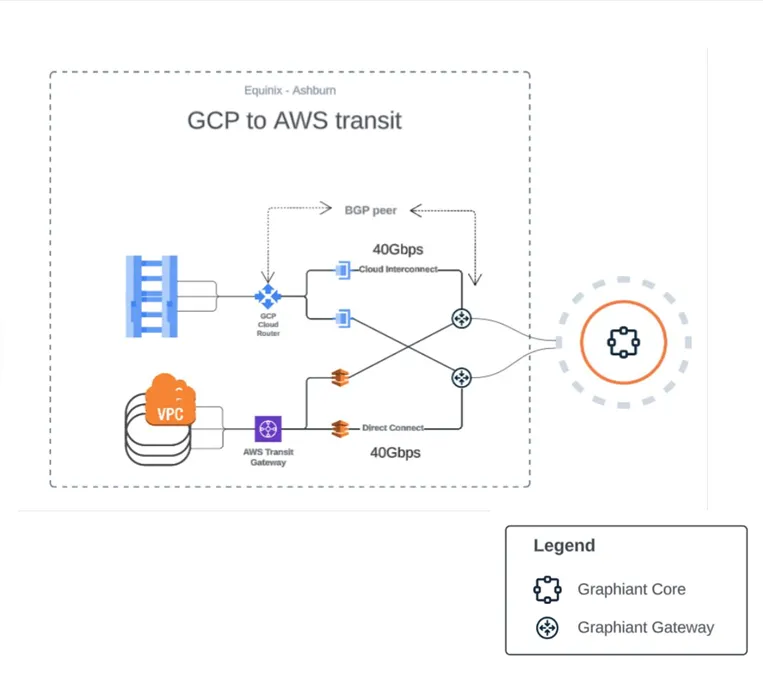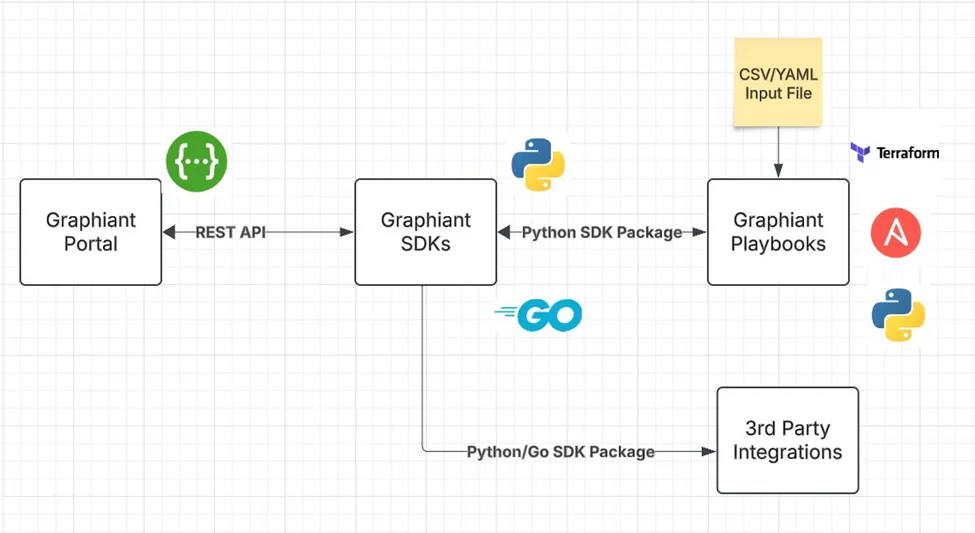The End of Cloud Egress Fees: Go Device-Free and Automate Your Network with Graphiant NaaS


In the fast-paced world of multi-cloud networking, agility and control are paramount. Businesses need to spin up new network connections quickly, securely, and without a lengthy back-and-forth with IT. This is where Graphiant’s approach to multi-cloud network automation and self-service truly shines, empowering developers and network teams to manage their infrastructure with unprecedented speed and efficiency. This approach is part of how we differentiate ourselves in the NaaS landscape, as detailed in our blog post on navigating the NaaS landscape, by offering a solution that redefines simplicity, security, and scalability for enterprise-wide WAN needs.

Graphiant simplifies multi-cloud networking with a self-service model. Through the Graphiant portal or REST API, you can request gateway services and specify your region and cloud peering details. The system then automatically provisions the gateway within minutes and connects it to the Graphiant backbone and your chosen cloud providers, including AWS, Azure, GCP, and Oracle. The platform also supports third-party IPsec and direct internet access (DIA) services for public internet connectivity.

For comprehensive automation documentation, please visit our Automation Docs.
While a user-friendly graphical interface is a great starting point, true agility comes from automation. Graphiant recognizes this by providing a robust suite of tools beyond a simple point-and-click experience.
Our core philosophy is built on open-sourced SDKs for popular languages like Python and Go. These SDKs are auto-generated from the Graphiant Open API specifications, ensuring they are continually updated with the latest platform features. This allows developers to programmatically request and manage network services, integrating directly with their existing application deployment and CI/CD workflows. The source code is publicly available on GitHub, and you can find the release packages on PyPI and Go repositories, making it easy to get started. For more information about how we handle your data, please see our Privacy Policy.

We understand that not every user is a developer, and even seasoned developers appreciate an easier interface. That's why we’ve built Graphiant Playbooks to provide an abstraction layer over our SDKs. These playbooks simplify complex workflows, offering a straightforward way to manage and configure your network. We offer Python and Ansible playbooks catering to different operational styles.
For teams that rely on a modern Infrastructure as Code (IaC) approach, our Terraform provider is a game-changer. It lets you configure your cloud gateways (such as Azure ExpressRoute, AWS Transit Gateway, GCP Cloud Router, and Oracle FastConnect) alongside your other cloud resources. This enables end-to-end automation, ensuring your network infrastructure is always consistent, repeatable, and aligned with your code. The source code for our playbooks is also publicly available on GitHub, so you can inspect and even contribute to the project.
Graphiant is more than just a network service; it's a platform built to empower your teams with the tools they need to succeed in a multi-cloud world. Combining a user-friendly portal with powerful, open-sourced automation tools makes multi-cloud networking agile, efficient, and truly scalable.
Author: Prashanth Manthena, Director of Software Engineering – SRE &QA
Resources